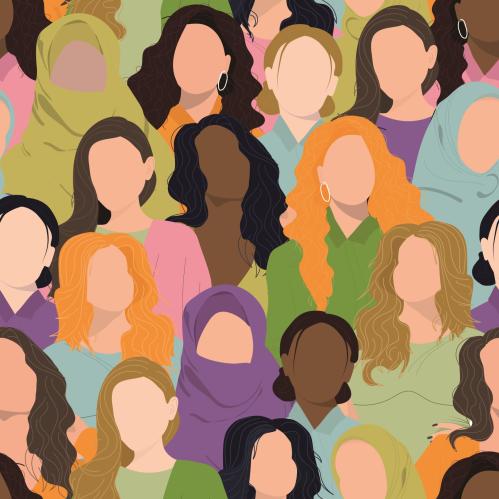Financial inequality is rising in the United States, but most of the rise is at the top of the distribution. It is not a ‘rich-poor’ gap opening up, but a ‘rich-everyone else’ gap. The top are pulling away from the rest, and the very top are pulling away even faster. A while back, Scott Winship used Dubai’s Burj Khalifa as an illustration for top-driven income inequality, showing by comparison to Mark Zuckerberg even Mitt Romney might start to feel hard-up.
But the ‘rich-everyone else’ gap is even greater in terms of wealth, rather than income, and may be widening faster, too. A new paper from Emmanuel Saez and Gabriel Zucman suggests that in the United States, wealth shares have grown fastest at the top of the distribution in recent decades. Between 1974 and 2012, they calculate that the share of the nation’s wealth owned by the top 1% of families (ranked by wealth) has not quite doubled, rising from 25% to 42%. Meanwhile, the top 0.1% has seen their share almost triple, from 8% to 22% and the top 0.01% – 16,000 families – has more than quadrupled their share, from 2.5% to 11.2%.
These are dramatic figures, suggesting that even within the top 1%, wealth inequality is rising rapidly. But they are also contested. Saez and Zucman use a ‘capitalization’ method, estimating a family’s wealth through the capital income declared to the IRS. There are a number of problems with this approach, as Wojciech Kopczuk points out in a fine summary of the research on wealth inequality.
First, most assets do not generate taxable capital returns: houses and pensions, for instance. Second, the Saez-Zucman approach depends on estimated rates of return that are hard to match to assets held. Third, they assume that wealth generates the same returns regardless of who owns it – whereas in fact there is some evidence larger portfolios yield higher returns. Fourth, some income is camouflaged as wealth: most famously the ‘carried interest’ of investment fund managers. Fifth, increases in the value of equities will not be picked up unless they pay dividends, or until they are sold. At this point, the returns enjoyed by some of the wealthy will be sky-high (think technology companies), but since the capitalization method assumes universal rates of return, their stock of wealth will be over-estimated. Sixth, tax avoidance could easily bias the estimates.
It is worth pointing out that these problems point in different directions in terms of estimating overall wealth. It could well be that Saez and Zucman are under-estimating rather than over-estimating wealth shares at the very top.
So, is there a better way to measure wealth? Probably not. But there are different ways, namely surveys and estate tax multipliers. Each has their advantages and disadvantages. The Survey of Consumer Finances, the key source of self-reported wealth data, misses a lot of people: the response rate among high-wealth individuals is only around 25%. The estate tax multiplier method treats people dying in a given year as a representative sample of the population, and uses the estate taxes due on their death to estimate the distribution of wealth. But this approach relies heavily on estimated mortality rates: and it looks as if the mortality rates of wealthy individuals are dropping relative to the general population.
These would be technical issues for a handful of academics to nit-pick over in seminar rooms, except for one thing. One of hottest questions in politics – are the top 1% increasing their share? – receives a different answer from researchers using different methods. Since the mid-1980s, the capitalization method shows the top 1% getting more of the wealth, while the other two approaches show at most a modest increase.
The truth here is quite hard to come by. In part, this is because the nature of wealth and the nature of the wealthy are changing. More wealth now comes from labor income, or at least is ‘self-made’ rather than coming from inheritance. As Kopczuk writes, “Individuals who are wealthy nowadays are less likely to come from wealth than in the past and more likely to have reached the top through earnings or entrepreneurial success.” If wealth is newer, and held by younger people, it will be harder to find and measure. This may be good news from a meritocratic standpoint, but bad news in terms of empirical estimates of wealth.
While the current generation of wealthy are more likely to be self-made than heirs, this may not be true for the generation to follow. As the baby boomers – including the really wealthy ones – start to die off, the patterns of wealth inequality that have emerged in their generation may strongly influence economic inequality and opportunity in the next. Tax policy could help to disrupt these inherited inequalities, but given the response to President Obama’s budget, I wouldn’t hold your breath.



Commentary
Op-edWhat’s Really Happening to Wealth Inequality?
February 5, 2015